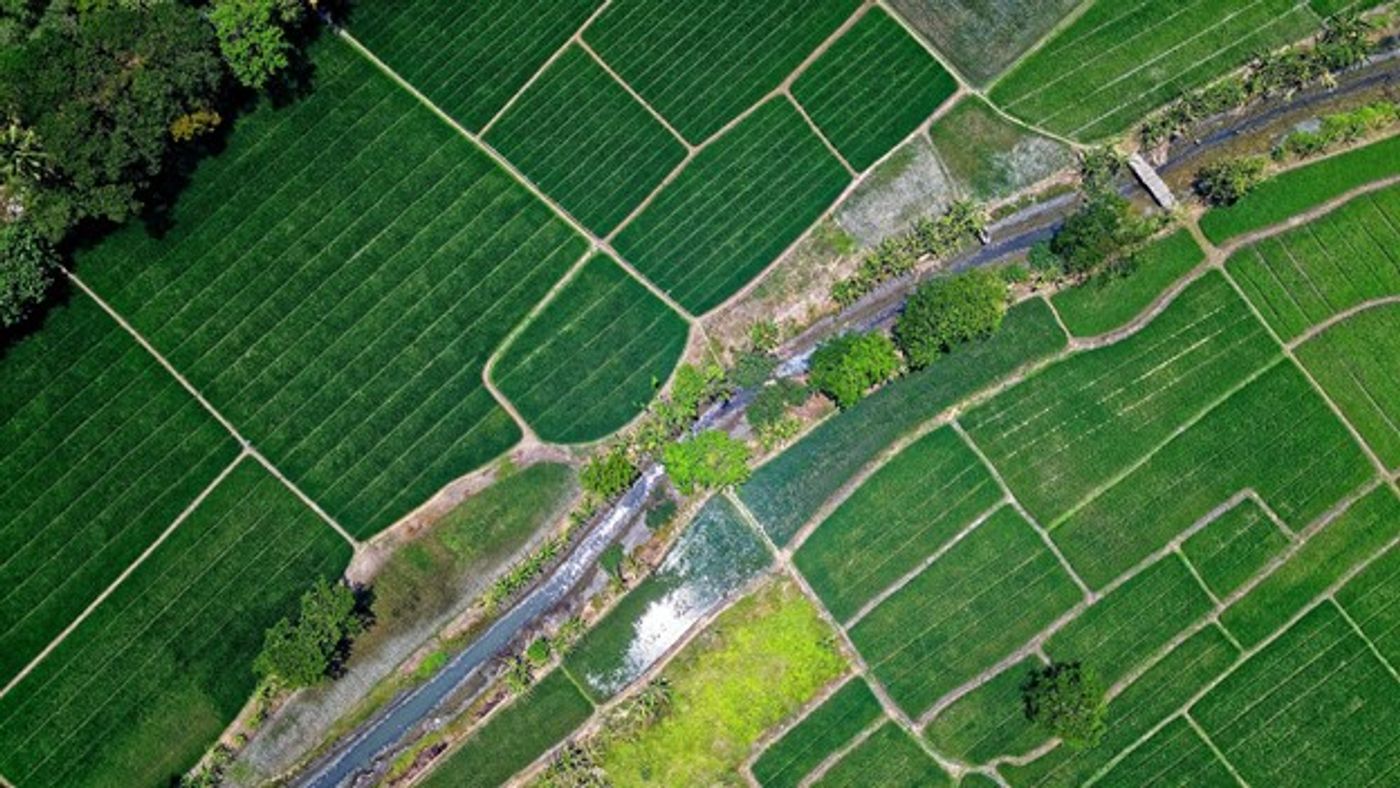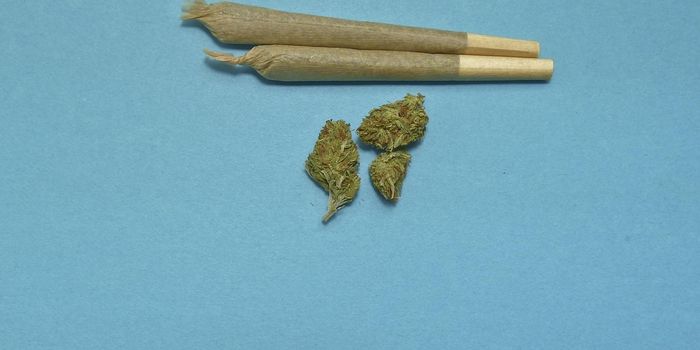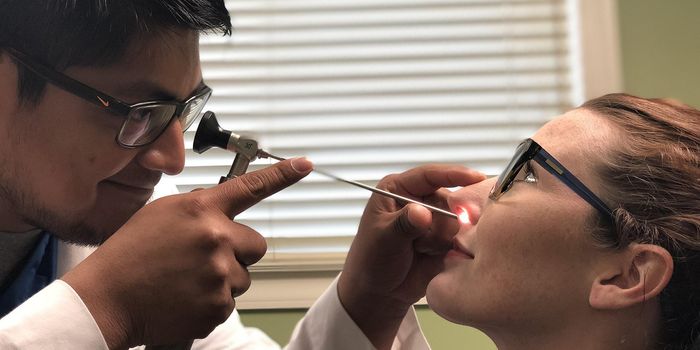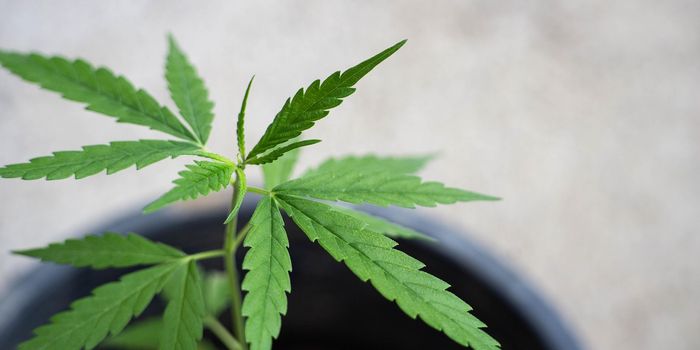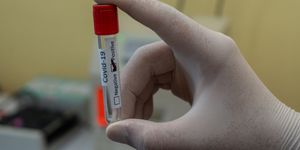Hemp Water Needs
A recent review on environmental impacts of cannabis cultivation found that hemp requires more water than other commodity crops. The analysis focused on the industry’s impact on water, air, and soil quality, but also included specific data on water demand, usage, and pollution in the hemp industry. Local geographic features, weather patterns, soil properties, and cultivar characteristics all impact water use efficiency (WUE). This review included a water demand comparison of commodity crops and hemp, and it showed that hemp exceeds most crops in water demand per season and daily water use. Soybean and maize had a daily water demand of .7-.13, whereas hemp had .24. The water demand was calculated based on 6 gallons of water per day during the growing season and 200 plants per 5,000 square foot growing area.
This study showed that both outdoor and indoor cultivation are water-intensive, so farmers need to monitor when and how to water their hemp crop. Water intake efficiency and facility water use has traditionally been measured by gallons per plant used, but more effective assessments account for a crop’s strain characteristics, density and growth period.
Many growers are replacing their gallon per plant to evaluate facility water use with a model that assess productivity, efficiency, and demand. Researchers are looking to measure the flower output relative to water output, efficiency of how the water is used per unit of cultivation area, and how much water is consumed as the plants grow. Hemp irrigation experts promote closely monitoring the moisture and water levels. Hemp grows best in organic-rich, well-drained soil, so analyzing the soil profile and making soil amendment plans are critical. Evaluating irritation needs is an important part of field preparation. Hemp farmers should check soil profile in the fall to determine nutrient balances, amount of soil moisture, and soil permeability and porosity. Farmers should check their soil again in the spring before planting, especially if the area has been affected by extreme snow or rain. This assessment will tailor watering and irrigation needs based on this data.
Sources: Frontiers in Science, Hemp Industry Daily, Journal of Cannabis Research, Marijuana Biz Daily
